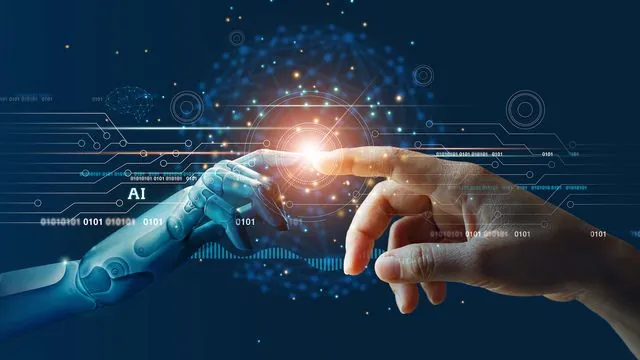
Revolutionizing Quantum Physics: How Human-AI Collaboration Unlocks the Secrets of Spin Liquids
2025-07-17
Author: Daniel
Unlocking the Mysteries of Quantum Physics
In a groundbreaking study recently published in *Physical Review Research*, scientists are breaking new ground in quantum physics by combining human expertise with artificial intelligence (AI). This innovative collaboration aims to tackle some of the field's most complex and enigmatic challenges, particularly in condensed matter physics where data can be scarce.
The Challenge of Frustrated Magnets
Research has turned its spotlight on frustrated magnets—unique magnetic materials that present conflicting interactions, resulting in unusual magnetic properties. These materials are crucial for advancing our understanding of quantum computing and quantum gravity, but simulating their behavior has proven incredibly difficult. Enter a team of researchers spanning Japan, France, and Germany, determined to explore temperature effects on these fascinating materials.
Delving into Spin Liquids
The focus of their study was a specific phenomenon called 'spin liquid,' a state in which magnetic moments remain in constant fluctuation. This is akin to how water transitions into ice, but on a quantum level. However, identifying the low-temperature behavior of this spin liquid had previously stumped physicists.
Professor Nic Shannon from the Okinawa Institute of Science and Technology expressed the excitement surrounding a type of spin liquid that could enhance fault-tolerant quantum computers. "In 2020, we discovered that these spin liquids could exist in certain magnetic materials known as 'breathing pyroclores,' but understanding their behavior at cold temperatures remained elusive," he noted.
Harnessing AI to Illuminate Complex Problems
To tackle this puzzle, the OIST team collaborated with machine learning experts from LMU Munich, who had designed an AI algorithm capable of analyzing traditional magnetic orders. Professor Lode Pollet from LMU Munich shared, "Our interpretive method allows for clarity in the decision-making process, making it ideal for scenarios where data is limited. We were eager to see if it could shed light on the spin liquid problem, a challenge that previously resisted all other approaches."
Revolutionary Methods Unveiled
The excitement didn't end there. Using a technique known as Monte Carlo simulation, the team fed their data into the AI algorithm, which revealed hidden patterns and connections. This breakthrough allowed them to effectively reverse their simulations, heating previously unknown phases to analyze their properties and transitions. The outcomes were astounding, enhancing our comprehension of this intricate field of quantum research.
A Synergy of Human Ingenuity and AI Power
Dr. Ludovic Jaubert from CNRS, University of Bordeaux remarked on the unique synergy, stating, "Neither humans nor machines alone could solve this intricately layered problem. It was a true collaboration, where each contributed insights to forge a clearer understanding." The prospects for further research look promising as this human-AI partnership opens doors to unravel even more complex problems in condensed matter physics.
The Future of Quantum Research Looks Bright
As we stand at the crossroads of advanced technology and scientific exploration, the implications of blending AI with human research are profound. This approach not only enhances our grasp of physics but is also a beacon of hope for solving future challenges that lie just beyond the horizon.






 Brasil (PT)
Brasil (PT)
 Canada (EN)
Canada (EN)
 Chile (ES)
Chile (ES)
 Česko (CS)
Česko (CS)
 대한민국 (KO)
대한민국 (KO)
 España (ES)
España (ES)
 France (FR)
France (FR)
 Hong Kong (EN)
Hong Kong (EN)
 Italia (IT)
Italia (IT)
 日本 (JA)
日本 (JA)
 Magyarország (HU)
Magyarország (HU)
 Norge (NO)
Norge (NO)
 Polska (PL)
Polska (PL)
 Schweiz (DE)
Schweiz (DE)
 Singapore (EN)
Singapore (EN)
 Sverige (SV)
Sverige (SV)
 Suomi (FI)
Suomi (FI)
 Türkiye (TR)
Türkiye (TR)
 الإمارات العربية المتحدة (AR)
الإمارات العربية المتحدة (AR)